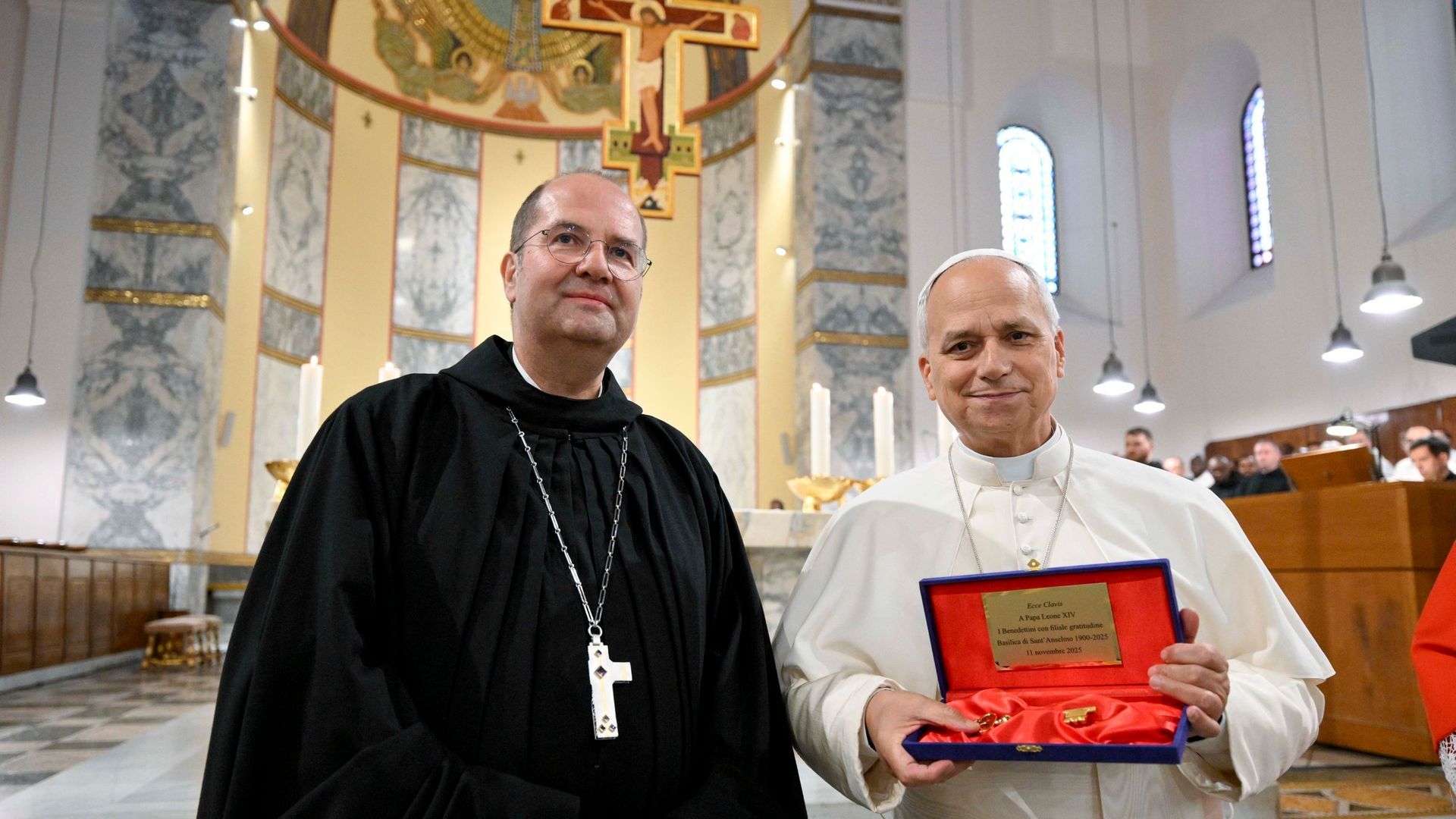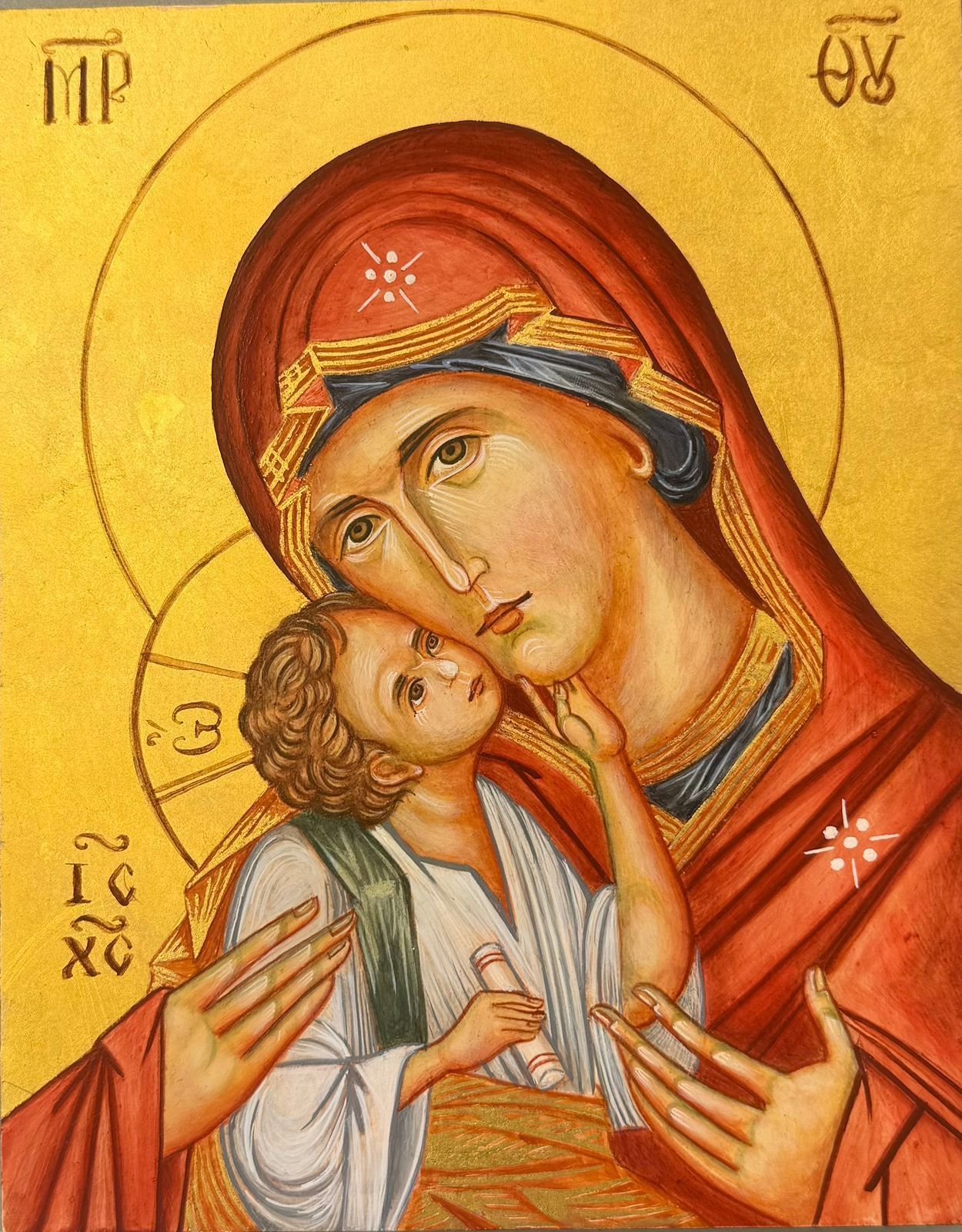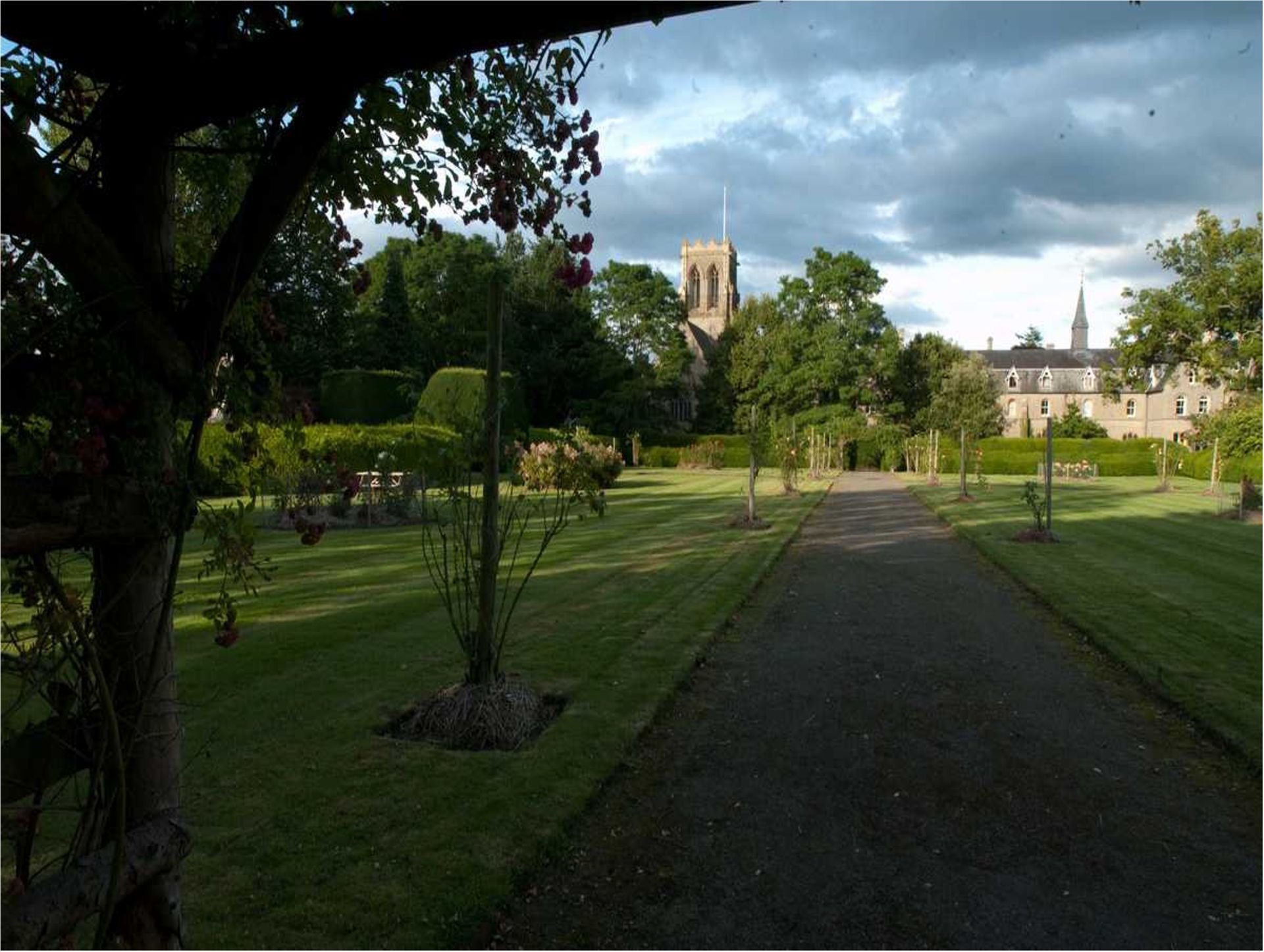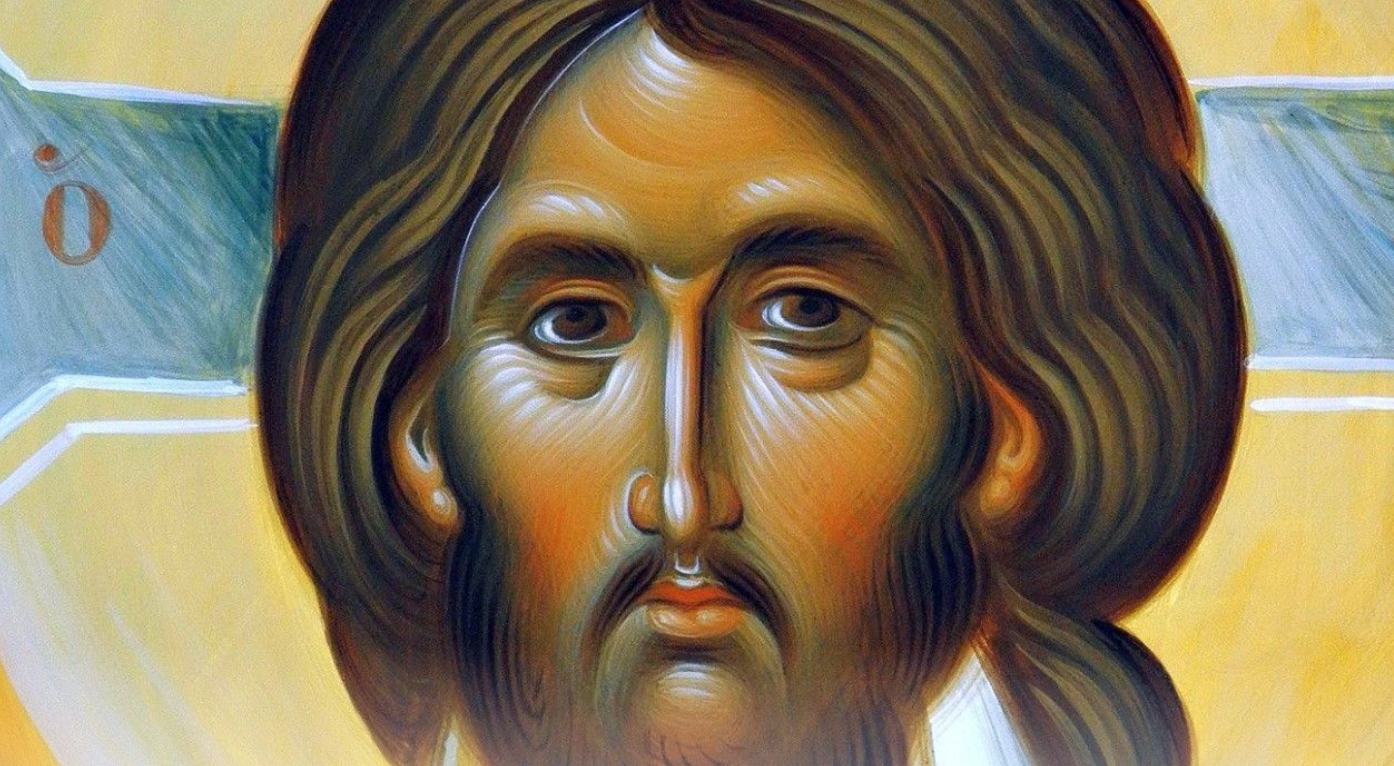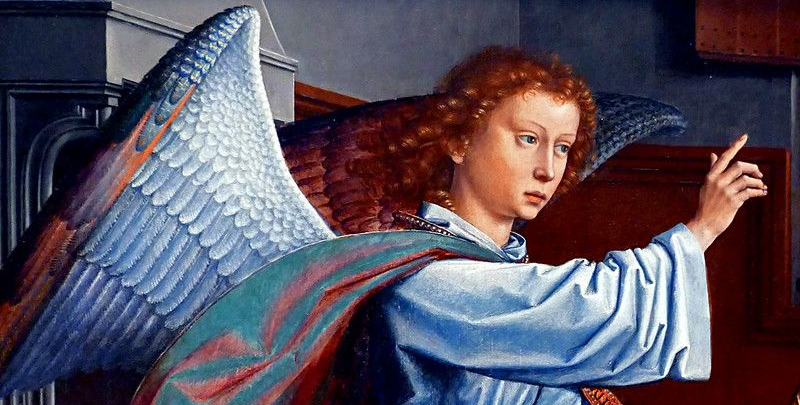Message of Abbot Paul - Tuesday 9th November
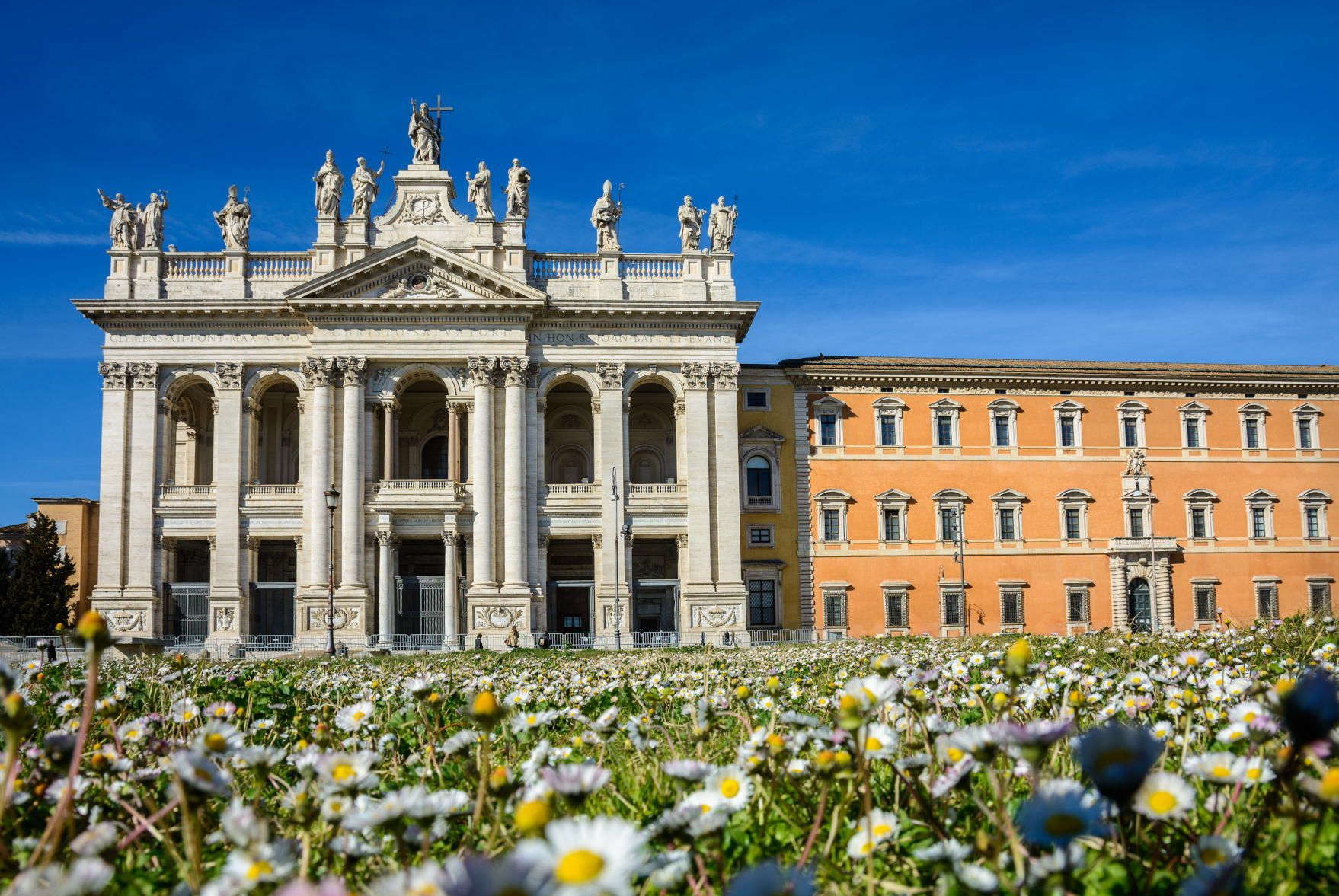
Message from Fr Paul for Tuesday, 9th November 2021
If you look in your Missal or at a calendar of the Church’s feasts, you will find that today is the Dedication of the Lateran Basilica. Whilst it is true that the church is one of the early Roman basilicas and that it’s built on the Lateran hill, close to the centre of Rome, it is really the Cathedral of Rome, in fact, the Bishop of Rome’s cathedral, the Pope’s cathedral. The Pope lived next door, in the Lateran Place, until 15th century. Originally dedicated to Christ the Saviour (Christchurch), only in the Middle Ages was it also dedicated to St John the Baptist and St John the Evangelist. Being the oldest of the Roman basilicas, it also glories in the title of Archbasilica. Whereas Her Majesty the Queen is the only honorary canon of St Paul outside the Walls, President Macron is the only honorary canon of the Lateran Basilica. It is known as Mother and Head of all the churches of the city and of the world. Today let us pray for the Holy Father, Pope Francis, and for the Diocese of Rome.
Our Gospel reading for the feast is taken from John, (Jn 2: 13-22), the Cleansing of the Temple, which in John is found as a prophetic sign almost at the beginning of Jesus’ ministry, following on from the Wedding Feast in Galilee. “Just before the Jewish Passover Jesus went up to Jerusalem, and in the Temple he found people selling cattle and sheep and pigeons, and the money changers sitting at their counters there. Making a whip out of some cord, he drove them all out of the Temple, cattle and sheep as well, scattered the money changers’ coins, knocked their tables over and said to the pigeon-sellers, ‘Take all this out of here and stop turning my Father’s house into a market.’ Then his disciples remembered the words of scripture: Zeal for your house will devour me.” Jesus decries the use of the Temple for trade, the sale of animals for money and the exchange of money, both of which were legitimate and necessary for the continuation of Jewish worship. But Jesus will change the centre of worship for his followers from a physical Temple in Jerusalem, built of wood and stone and filled with gold and silver, to his own risen body, a spiritual Temple, not made with human hands. In any case, by the time John’s Gospel came to be written, the Temple had already been destroyed by the Romans. Jesus emphasises that the old forms of worship have come to an end, that the sacrifice of animals is not what pleases and appeases God, but the sacrifice of oneself through obedience to the will of God after the example of Jesus himself.
“The Jews intervened and said, ‘What sign can you show us to justify what you have done?’ Jesus answered, ‘Destroy this sanctuary, and in three days I will raise it up.’ The Jews replied, ‘It has taken forty-six years to build this sanctuary: are you going to raise it up in three days?’ But he was speaking of the sanctuary that was his body, and when Jesus rose from the dead, his disciples remembered that he had said this, and they believed the scripture and the words he had said.” At Cana his disciples came to believe in him on the strength of a sign, the changing of water into wine. In this instance, they will only come to believe fully in him when he is risen from the dead. In effect, it was after the resurrection that things gradually became clear to them and they saw the meaning and significance of all that he said and done as they walked the roads of Palestine together. Perhaps, only after death will we begin to understand the meaning and purpose of our own life with is joys and sorrows, successes and failures, hopes and fears, faith and doubts. Above all, let us accept with faith and humility Christ’s invitation to become living stones making up the Body of Christ, which is the true Church of God.



